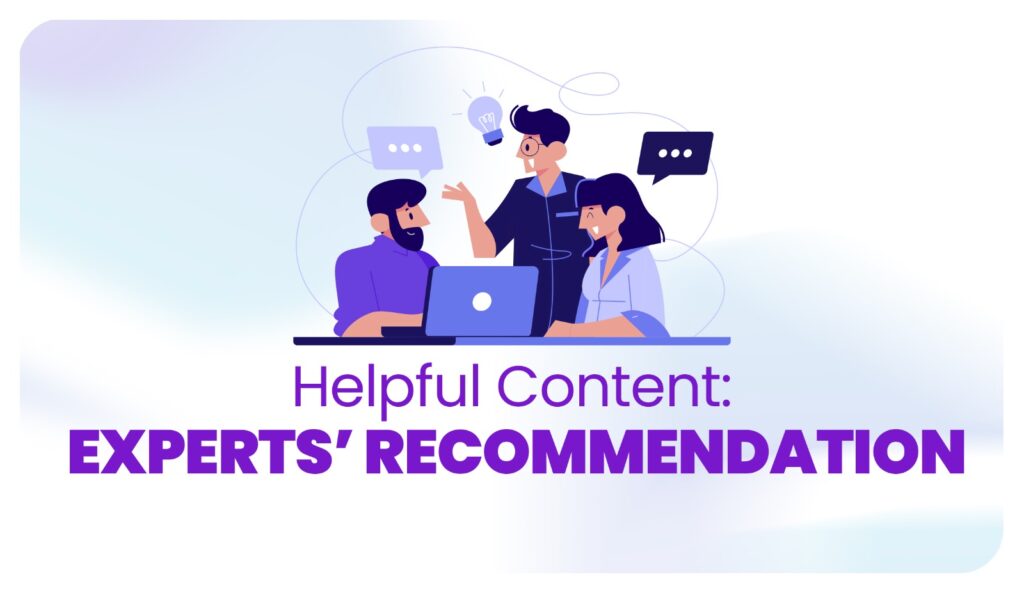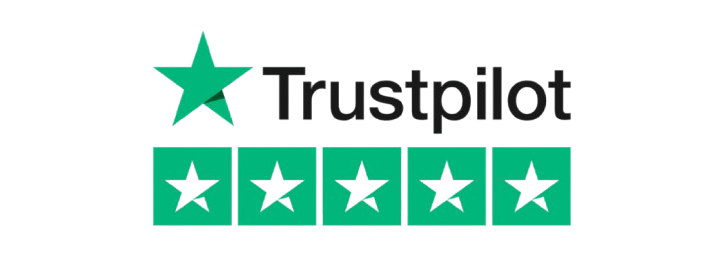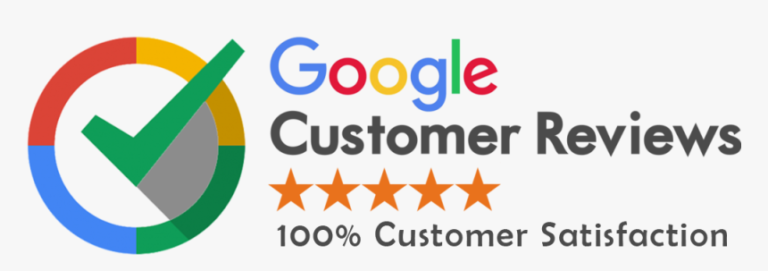What is Helpful Content? Find Out Why It Matters for SEO!
Thus, sharing content only for the Search Engines in today’s world is not a very sustainable and successful business strategy. This is another factor that has cropped up in recent years as the search engine, which is Google in most cases, aims at serving the users’ needs best by providing helpful content. Helpful content must meet two guideline criteria: First, it refers to content about the site’s topic and within the site’s scope; second, such content should be informative, instructional, and not merely promotional. With this in mind, this blog post will cover what counts as helpful content in SEO, why it is useful, and how to make use of it in crafting content that is good for users and search engines. When studying helpful content as a concept, everyone learns how to understand audiences and make them stay on the site as well as rank on the Search Engine Results Page. 1. Understanding Helpful Content in SEO In SEO helpful content means the content that meets the user’s expectations and fulfills their purpose of search by offering useful, relevant, accurate, and actionable information. Different from content optimization which is driven by the use of keywords, titles, and descriptions with the intent to trick search engines into ranking your site high, helpful content is informative and addresses the end user’s needs, questions, and/or concerns. Google released the Helpful Content Update in a bid to help sites maximize the generation of helpful content. According to Google, helpful content should: Thus, the valuable content is more relevant to the target user’s query, engaging, and, ultimately, brings a pleasant and constructive attitude towards the site. 2. Why Is Helpful Content Important for SEO? Given that user satisfaction and relevance started to define the position of the web page in SERPs, the topicality of the content is a requirement for any effective SEO plan. Here’s why it matters: Finally, useful content solves the problem of your target clients, which in addition to affecting rankings increases their trust in your brand. 3. Characteristics of Helpful Content To create truly helpful content, it’s essential to understand the elements that make content valuable to users: 4. How to Create Helpful Content: A Step-by-Step Guide Step 1: Identify and Understand Your Audience Know your audience first before putting any content: This cliché cannot be more true than with writing. Choose the audience and analyze their operational data as well as key interests. This will help you to create value for the customer by presenting to them the right information that meets their needs and the creation of a more compelling experience. Tips: Step 2: Focus on User Intent Search intent commonly known as user intent refers to the ‘reason’ behind the particular search made. It means understanding the purpose of using specific keywords to guarantee the content you develop will meet the user’s requirements. There are generally three types of user intent: Tips: Step 3: Perform Thorough Keyword Research Helpful content is not created around keywords alone although including the right keywords appropriately is wise. Make use of keywords that describe user needs with the content you produce but do not use excessive keywords. Tips: Step 4: Structure Your Content for Readability and Engagement Relevance of appearance is considered to be equivalent to relevance of content. It’s essential to organize the content in a manner that will allow a user to quickly skim through it if he/she chooses to. Tips: Step 5: Prioritize Quality Over Quantity When it comes to helpful content it is not the quantity that matters but the quality and how it will help a reader. Instead of churning out hundreds of articles, think in terms of creating one piece of content of an extremely high degree of value. Tips: Step 6: Make Content Actionable Readers are in most cases looking for information that can lead them to the next step of taking action. Whenever possible try and offer some advice, ideas, or some form of asset. Tips: Step 7: Optimize for Mobile 5. Avoiding Common Mistakes with Helpful Content Creating helpful content requires avoiding these common pitfalls: 6. Measuring the Effectiveness of Your Helpful Content Having the goals set up in this way means that the effectiveness of the content is to be measured in terms of user engagement and SEO factors. Key Metrics to Track: Such metrics include, using Google Analytics, and for the ones that get a lot of clicks, you can set one as the link or the ad. Final Thoughts: Helpful content in SEO means that only users will be helpful through an SEO program, which means that actual information must be helpful for users and visitors. Just think about the user intent or about helping users understand the information in a clearer and more actionable way, or about structuring content with an intent to attract the reader’s attention and give them what they want to read – and there you have friendly content that ranks well. It is important to remember that the purpose of helpful content is not merely visitor acquisition, it is to provide solutions that will bring users. Using the primary focus on the user, your articles will always be relevant to the things that search engines will propose to the audience, thus creating loyal readers and high ranking.






